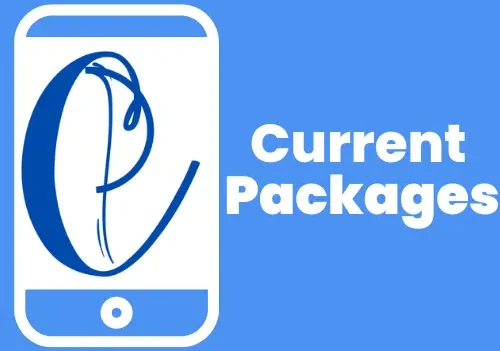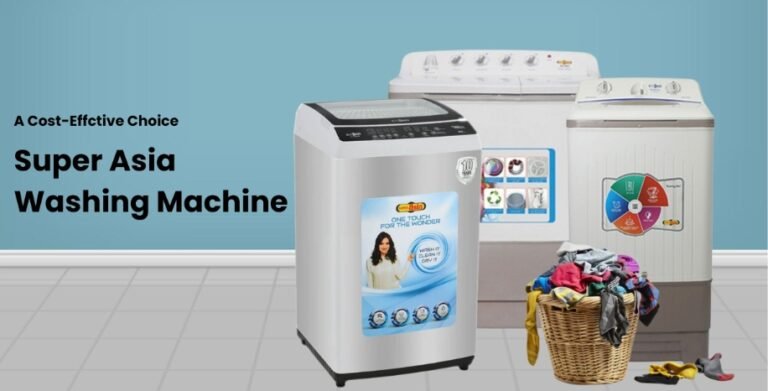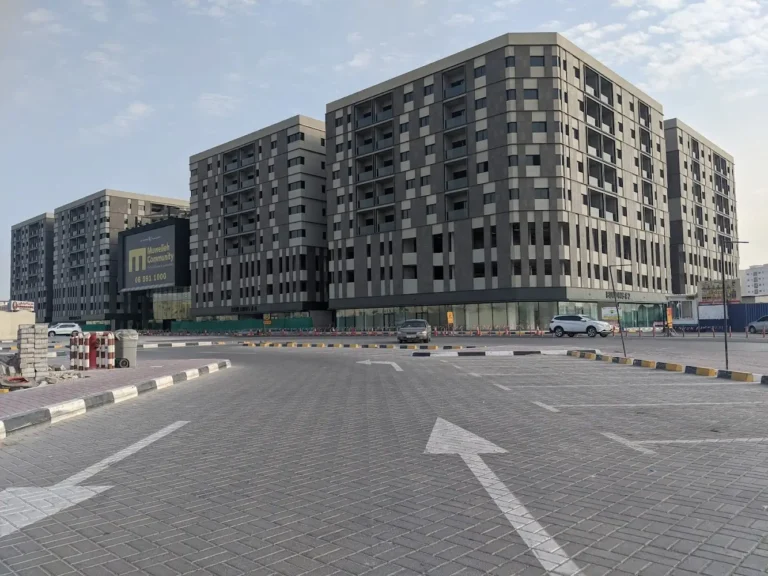How to Prep Your Product for Big Box Retail: Labeling, Packaging, and Paperwork
Landing a spot on a big box store shelf is the kind of opportunity that can transform a small business overnight. But it doesn’t happen by accident. While your product’s quality may be outstanding, that alone won’t get you into large retail chains. The real work lies in making sure your product is retail-ready. That means meeting expectations in packaging, labeling, and backend compliance—areas that can trip up even the most promising brands. In this guide, we’ll walk through what it takes to get your product from your warehouse to nationwide shelves.
Why Retail Readiness Goes Beyond the Product
Retailers expect more than a great product—they want efficiency. When onboarding a new vendor, large chains look for brands that are “plug-and-play”: those that can integrate seamlessly into their existing systems, shelves, and supply chains. Your product needs to look the part, ship well, scan correctly, and carry the right documentation. If any of these elements are off, it’s not just an inconvenience—it’s a risk for the retailer. That’s why preparation goes far beyond the product itself. It’s about meeting logistical and regulatory standards without hesitation.
Packaging That Sells and Ships
Great packaging does two jobs. First, it appeals to shoppers. Second, it protects your product through every step of the retail journey—from warehouse to display shelf. Retail buyers look for clean, professional packaging that’s display-ready and doesn’t require extra handling. Standardized sizes that fit neatly on shelves, protective inner layers that prevent damage, and visible barcoding zones are all part of the equation.
Beyond functionality, many retailers are emphasizing sustainability. That means reducing excess plastic, opting for recyclable materials, and limiting oversized boxes. Designing with these principles not only makes your brand more appealing, it often becomes a requirement for getting through the buyer’s review process.
Labeling Essentials for the Retail Environment
Labeling is where technical precision meets branding. Your product’s label needs to do more than attract attention—it needs to deliver key information to both customers and supply chain scanners. This includes your product name, a scannable UPC or EAN barcode, SKU or model number, manufacturer contact info, and any required compliance marks (such as CE, UL, or safety warnings).
It’s also essential to understand the difference between retail-facing and logistics-facing labeling. Your product might have a beautifully designed front label, but if your outer cartons don’t include readable barcodes and routing information, your shipments could be delayed or rejected. Retailers often require carton labels to be placed in specific locations and formatted to meet EDI or warehouse systems. Getting this right the first time avoids costly chargebacks or missed deadlines.
Mastering the Paperwork
Documentation can make or break your onboarding process. Retailers typically request a variety of backend documents before approving a product for their shelves. These can include spec sheets, testing certifications, MSDS documents (for applicable products), certificates of insurance, and wholesale pricing data. Even if your product looks perfect on paper, missing documents will stall the process.
Among the most critical backend requirements are standardized identifiers and registration documents. That’s where GS 1 certificate practices come into play—ensuring your product can be traced, scanned, and stocked across a retailer’s entire distribution system. Retailers often rely on the GS1 system to maintain consistency across barcodes and product identifiers.
In addition to certification, many retailers require brands to register in their vendor portals and complete onboarding modules. This includes entering your product data, uploading documents, and confirming logistical details. Make sure this step is completed meticulously—mistakes here can delay your launch or complicate reorders.
Final Checklist Before You Pitch
Before you make your pitch to a retail buyer, walk through this quick readiness review: Have you tested and finalized your packaging design? Are your barcodes printed correctly and scanned without issues? Is your label legally compliant and retail-appropriate? Are all of your backend documents prepared and easy to share? If you can confidently check all of these boxes, you’ll stand out as a brand that’s not only innovative but retail-savvy.
Retailers appreciate suppliers who do their homework. When you’re prepared, you remove friction from their process—and that makes your product more attractive, even before the first sale.
Final Words
Breaking into big-box retail is a complex process, but it’s one you can navigate with the right strategy. Beyond a great product, retailers need partners who understand packaging logistics, labeling accuracy, and documentation compliance. Focus on delivering a retail-ready presentation and backend accuracy. Getting it right the first time earns trust and opens the door for wider distribution and long-term growth. Invest the time upfront, and your product will be ready for the shelves it deserves.






